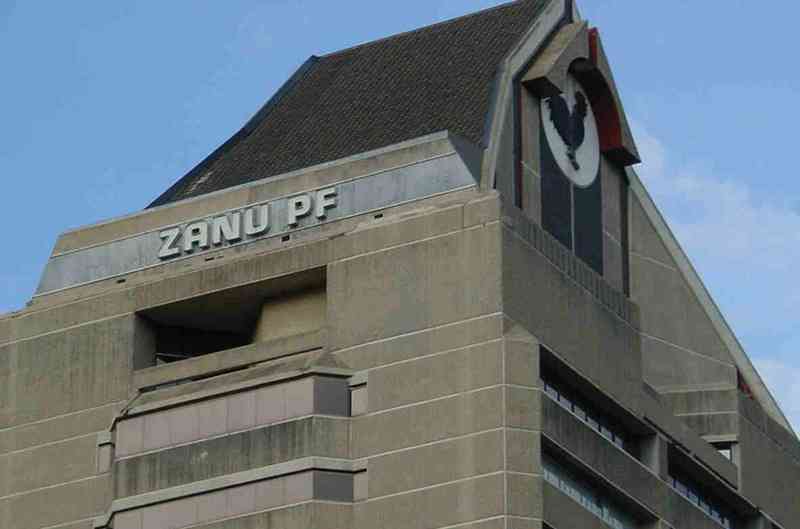
SEVERAL households in Matabeleland South province do not own cattle, while a significant percentage of the villagers do not have goats, with the depletion of pastures due to continuous drought hindering families from owning livestock.
According to the latest 2024 Zimbabwe Livelihoods Assessment Committee (ZimLAC) Rural Livelihoods Assessment (RLA) report focusing on Matabeleland South province, about 60,1% of households do not own cattle, while 25% do not have goats.
Livestock, including cattle and goats, is a source of wealth for many Zimbabweans, with villagers in Matabeleland South famous for keeping large herds of the domestic animals.
In the report, about 92% of the communities in Matabeleland indicated that pastures were inadequate and of poor quality.
For those who owned livestock, the most common improved livestock practices were deworming (24%) and dipping (38%).
“Given that a significant portion of households lack cattle and goats and that pastures are often inadequate, the government’s ongoing efforts to expand livestock ownership, improve pasture quality and introduce efficient livestock practices like deworming and dipping must be intensified to mitigate livestock poverty and enhance the overall quality of life in rural communities,” the report said.
The ZimLAC RLA report also indicated that it was recommended that the government implements comprehensive strategies and investments to bolster the animal health industry.
It said this should encompass the establishment of robust drought mitigation measures to secure livestock feed and water to curtail livestock mortality.
- Letter to my people: Mthuli Ncube experiment has failed
- ChiTown police block Press conference
- Letter to my people: Mthuli Ncube experiment has failed
- Evicted Zanu PF supporters stranded
Keep Reading
“Additionally, fostering a policy framework that encourages sustainable production, effective livestock risk management and the adoption of advanced practices through research and technological innovation are crucial,” the report read.
Meanwhile, in his foreword to the report, ZimLAC chairperson George Kembo said the assessment was undertaken against the background of the 2023/24 El Niño-induced drought.
He said the RLA, the 24th since inception, was guided by the urgent need for the government to determine the impact of the El Niño-induced drought on households in the rural areas and provide evidence to inform decision making.
He said the assessment sought to ensure the timely development of holistic and robust response programmes.
“Considering that this was a unique year, ZimLAC engaged various data collection approaches to enhance ground truth of contextual issues affecting food and nutrition security in different geographic areas,” Kembo said.
“In that regard, the household interviews and community focus group discussions were complemented by interviews with selected chiefs (together with the headmen and other traditional leaders who fall under their jurisdiction) and district level.”
He said the multi-pronged approach contributed towards collation of in-depth insights into pertinent rural households’ livelihoods issues which included demographics, health, nutrition, WASH [water, sanitation and health], social protection, food consumption patterns, income sources, income levels, expenditure patterns, coping strategies, shocks and food security.
Matabeleland South is one of the provinces that have been hard hit by the El Nino-induced drought that resulted in increased cattle deaths and serious food insecurity.










